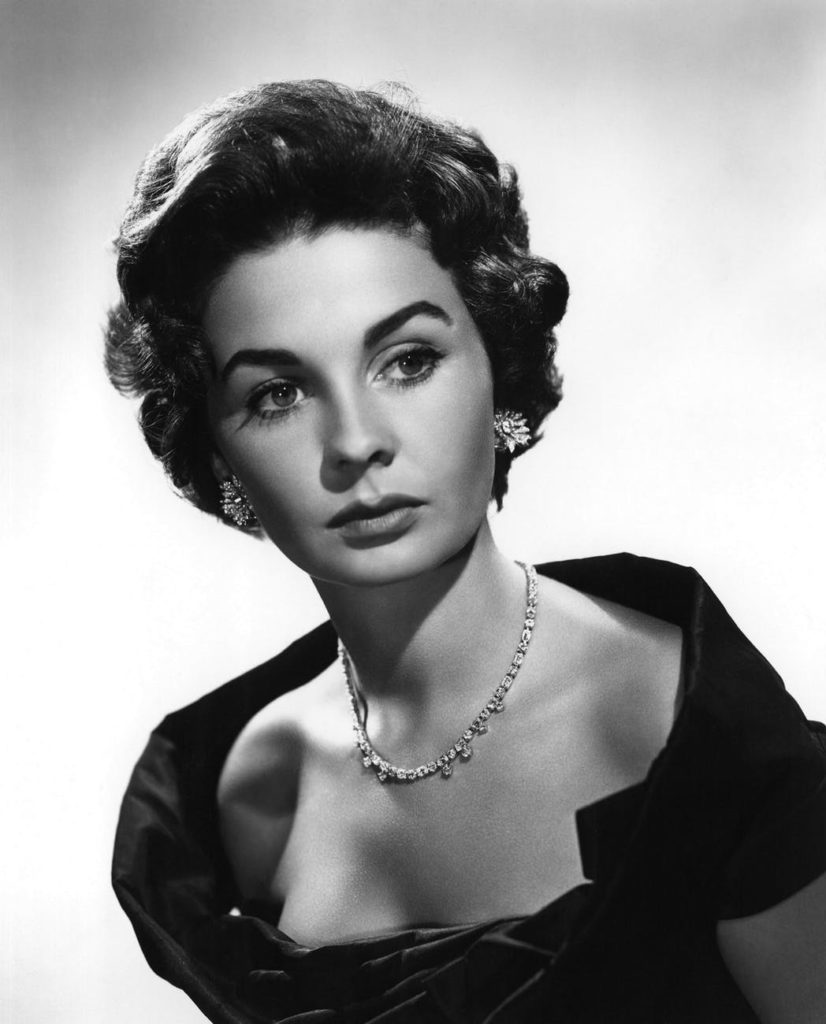The roaring twenties is the era of the 1920s in western culture. Those were good times, of economic prosperity and well-being, with an extreme cultural edge in the United States and Europe, specifically in major cities such as Berlin, Chicago, London, Los Angeles, New York City, Paris, and Sydney. France also saw the booming nature of this era and therefore referred to it as the “annees folles” (crazy years).
In this period, automobiles, electrical appliances, telephones, mobiles, etc. were introduced in the lives of thousands of Westerners. Aviation boomed as a business. Industrial and economic growth was rapid, and the nation welcomed new changes in lifestyle and culture.
Economy
The roaring 20s was a period of growth and well-being. After the era of wartime destruction, there was rapid advancement in consumer goods’ industries such as electricity and automobiles in North America and Europe, and a few other developed nations such as Australia. During this era, The economy of the US, which had transitioned from a wartime economy to a peacetime economy, flourished and provided loans, etc. This became a reason for the European boom as well.
Automobiles
Preceding World War 1, cars were considered a luxury good. After the 1920s, however, mass-produced vehicles became all the rage in the U.S. and Canada. After selling 15 million units of the Ford Model T, the Ford company discontinued the model. It had been continuously produced from October 1908 to May 1927. It was decided by the company to replace the old model with a newer one, Ford Model A, as a reaction to competition. Model T was highly successful, and as a result, Ford had dominated the automotive market from the mid-1910s to the early 1920s.
In all of Canada, only about 300,000 vehicles were listed in 1918. However, by 1929, there were approximately 1.9 million automobiles registered. Consequently, the manufacture of vehicle parts started in Ontario, near Detroit, Michigan. The automotive industry’s impact on other sectors of the economy was well-known, jump-starting sectors such as steel production, highway building, car dealerships, service stations, motels, and new housing outside the urban core.
Radio
Radio was the first mass broadcasting medium. Being expensive, their mode of entertainment was revolutionary. Radio advertising became a source for mass marketing. Its economic importance paved the way to the mass culture that has focused on society since this period. Radio programming was as diverse as the television programming of the 21st century, during the “Golden Age of Radio.” A new era of regulation was introduced by the 1927 establishment of the Federal Radio Commission.
In 1925, one of the more significant advances in sound recording, electrical recording became available with commercially issued gramophone records.
Cinema
The cinema grew, producing a new mode of amusement that virtually ended the old entertainment theatrical genre. It was cheap and accessible to watch a movie. Low priced cinema successfully competed with vaudeville, since the early 1910s. Many vaudeville artists and other theatrical personalities were hired by the film industry, attracted by higher salaries and less severe working environments.
The initiation of the sound film at the finish of the era of the 1920s eliminated vaudeville’s last significant advantage. Vaudeville was in sharp financial fall. The respected Orpheum Circuit, a chain of vaudeville and movie theaters, was absorbed by a new film studio.
Sound Movies
In 1923, several short films were released with sound by inventor Lee De Forest at Phonofilm. In 1928, a new sound system, the RCA Photophone system was marketed by RCA (Radio Corporation of America). Much of 1928, the only studio to focus on taking pictures was Warner Bros. Its profit was mainly from films at the box office. Other studios also took part in the conversion to the new technology of sound films and talking features. Soon after 1929, silent film production came to a halt.
Aviation
During the 1920, several milestones were achieved in the field of aviation. The transatlantic flight by Charles Lindbergh in 1927 took the world’s attention. It was the first solo nonstop flight. Charles took a trip from the Roosevelt field in New York and landed at Paris–Le Bourget Airport. It took 33.5 hours to get across the Atlantic Ocean. His aircraft was a single-seat monoplane designed by Donald A. Hall.
Television
The 1920s saw lots of advancement concerning TV. Programs did not reach the audience until the eve of World War 2, and very few people saw any television until the late 40s. The world ‘s first color transmission was shown by John Logie Baird in July 1928, using discs at the receiving and sending ends. It was in this very year that he displayed stereoscopic television.
Medicine
Penicillin has been the focus of biologists for decades. In 1929, Alexander Fleming named a new substance Penicillin, which he discovered in 1928 to help in killing disease-causing bacteria. His findings were ignored and belittled, but later in the 1930s, it became a significant antibiotic.
New Infrastructure
Automobiles dominance led to people celebrating mobility. Industries moved from coal power to electricity. In the U.S., the production of electricity multiplied almost four times. New power plants were also constructed. Sewer systems were modernized in many houses. Telephone lines were being strung across many countries. Indoor plumbing was also introduced. Typewriters, filing cabinets, and the introduction of the telephone brought unmarried women into clerical jobs. At the end of the decade, one out of every five workers was a woman.
Lost Generation
Young people who suffered as a consequence of World War 1 had become cynical about the world altogether. The term directs towards American literary notables who lived in Paris around that time. These authors wrote novels and short stories that were always depicting their hatred and antagonism towards the materialism that ran high during this time.
Social Criticism
Sinclair Lewis was the most famous social critic. His renowned novel Main Street was full of satire at the dull and ignorant lives of a Midwestern town. Other notable social critics were Sherwood Anderson, Edith Wharton, and H.L. Mencken. A compilation of short stories titled ‘Winesburg, Ohio’, which examined the dynamics of a small town, was published by Anderson. Wharton started the fads of the new era through her novels, such as Twilight Sleep (1927). Mencken’s essays and articles were full of criticism for narrow American tastes and culture.
Art Deco
Art Deco was the term used to describe the style of architecture. It started in Europe, but the 1920s saw it spread to Western Europe and North America. In the U.S., the tallest building was constructed using this style called the Chrysler. The motivations were derived from mature, but the forms were pure and geometric.
Expressionism and Surrealism
Painting in Europe and North America progressed in different directions in the 1920s. In Europe, it was all about expressionism and surrealism during this era. As Man Ray, an American visual artist, mentioned after a unique publication of ‘New York Dada’: “Dada cannot live in New York.”
Cinema
In 1922, the Toll of the Sea, the first all-color movie was released. The first Warner Bros. movie was released in 1926, named “Don Juan,” the first movie to have sound effects and music. The public adored the concept of sound films, and over the night, studios converted to the technology of audio cinema. Walt Disney emerged in the late 1920s.
Conclusion
The 1920s were an era of enormous political and economic change in a positive direction. Between 1920 and 1929, nations almost doubled their total wealth. During the 1920s, many Americans had extra money to spend, and they spent it on consumer goods such as ready-to-wear clothes, radios, and electrical appliances such as refrigerators. The roaring twenties was, no doubt, an era of unprecedented growth and prosperity.




